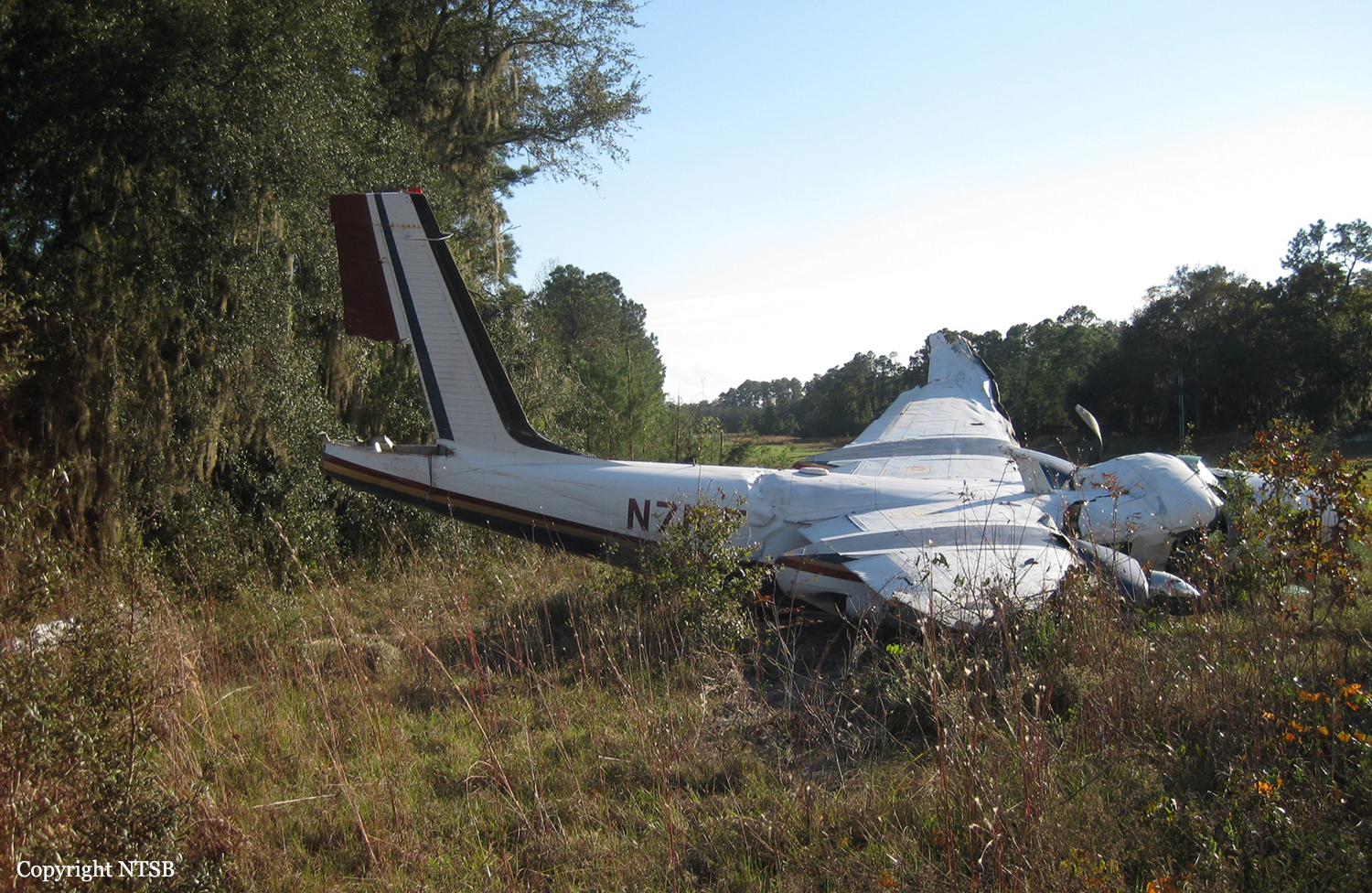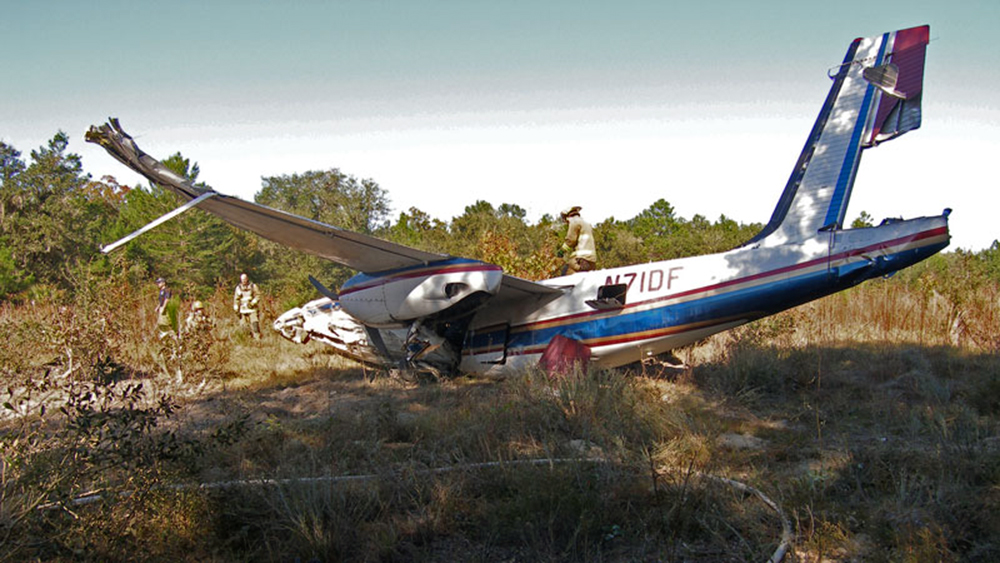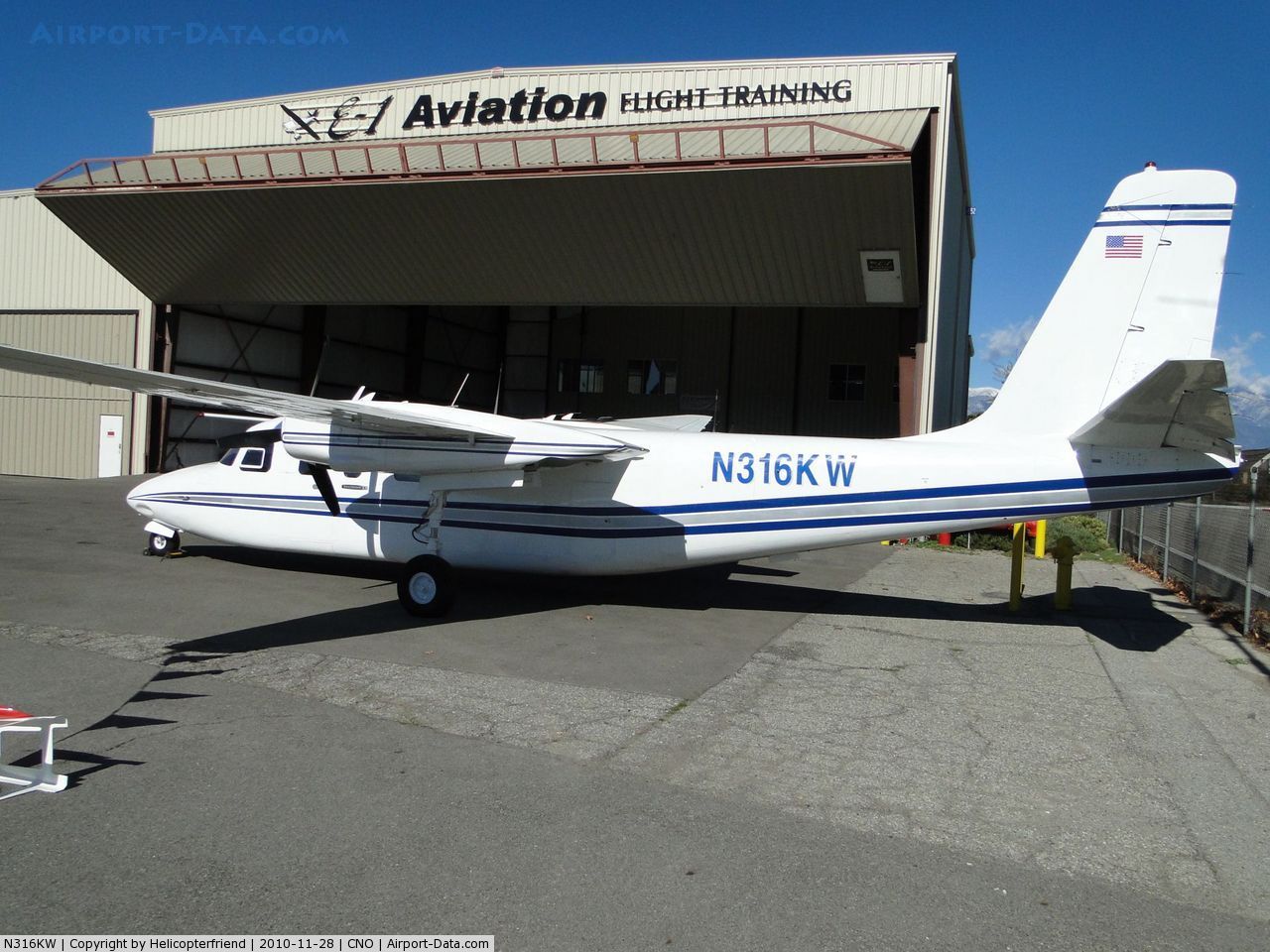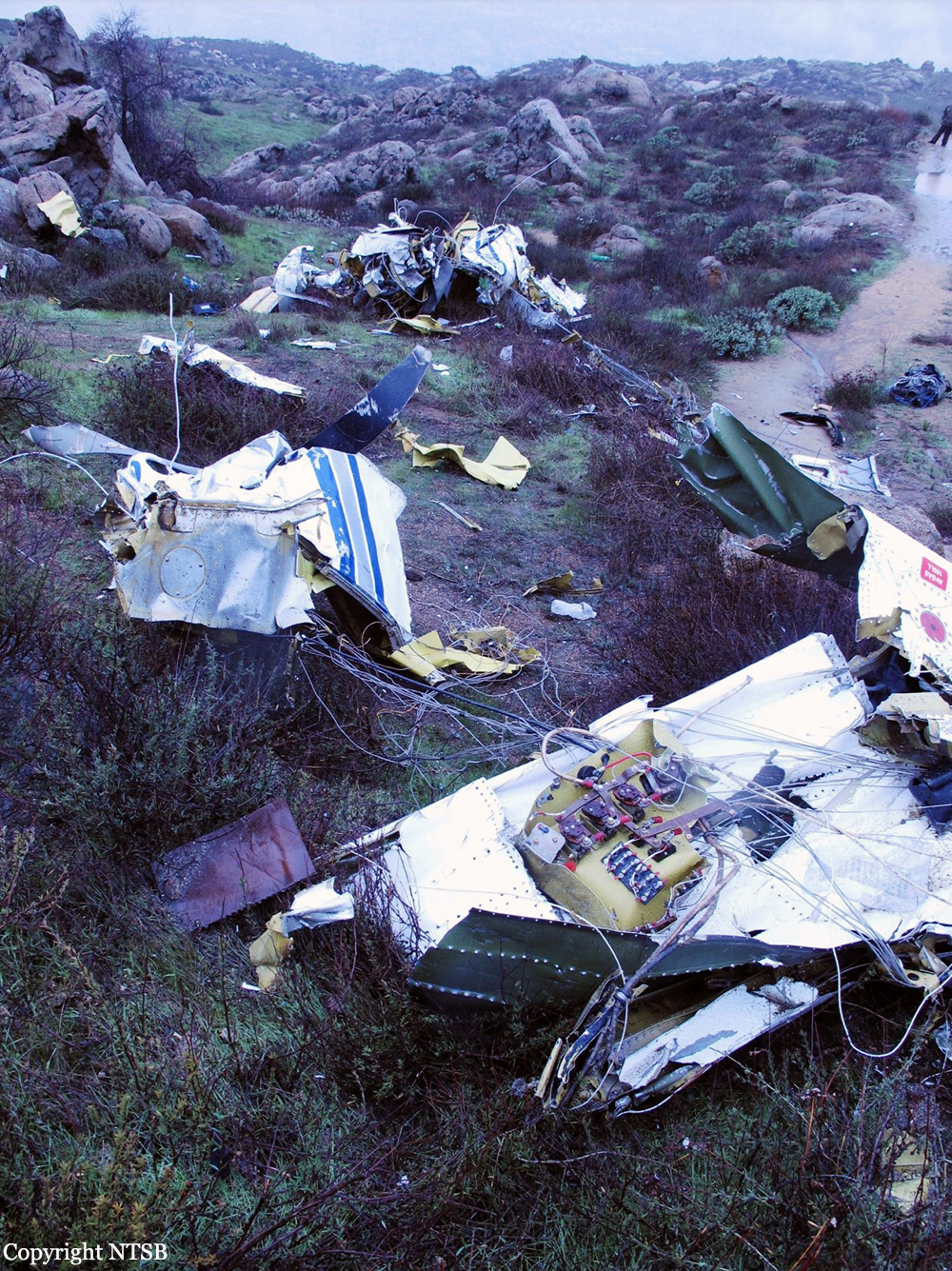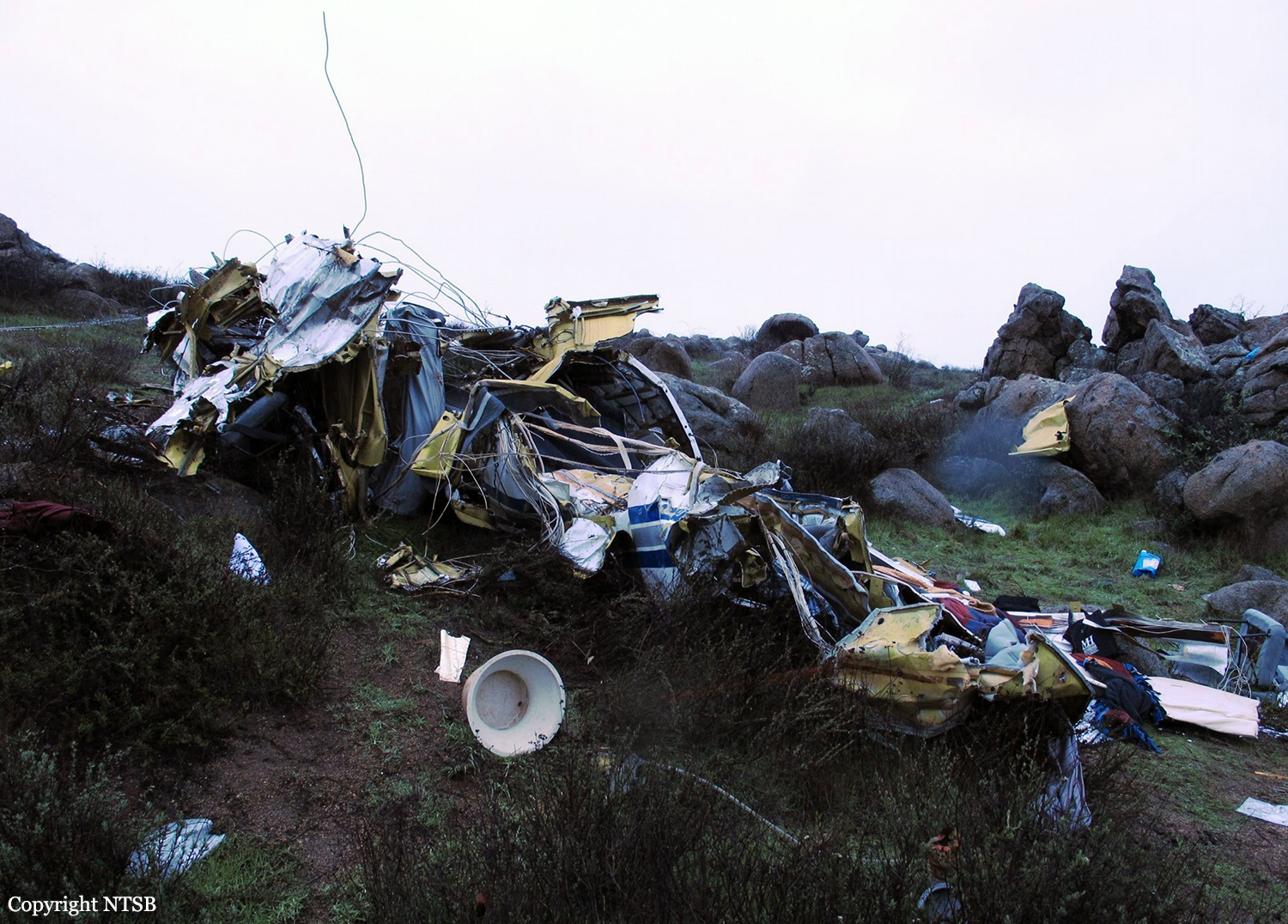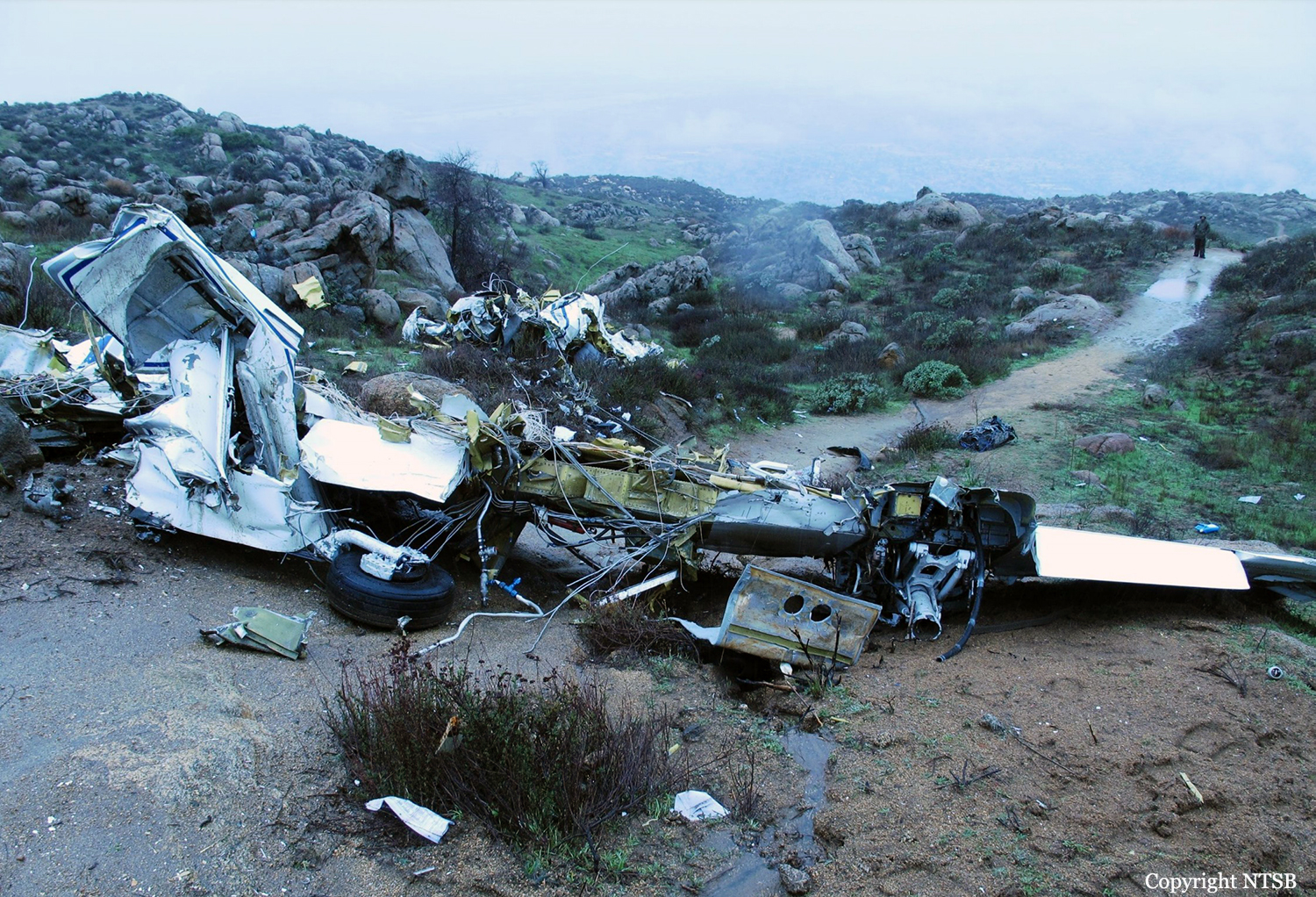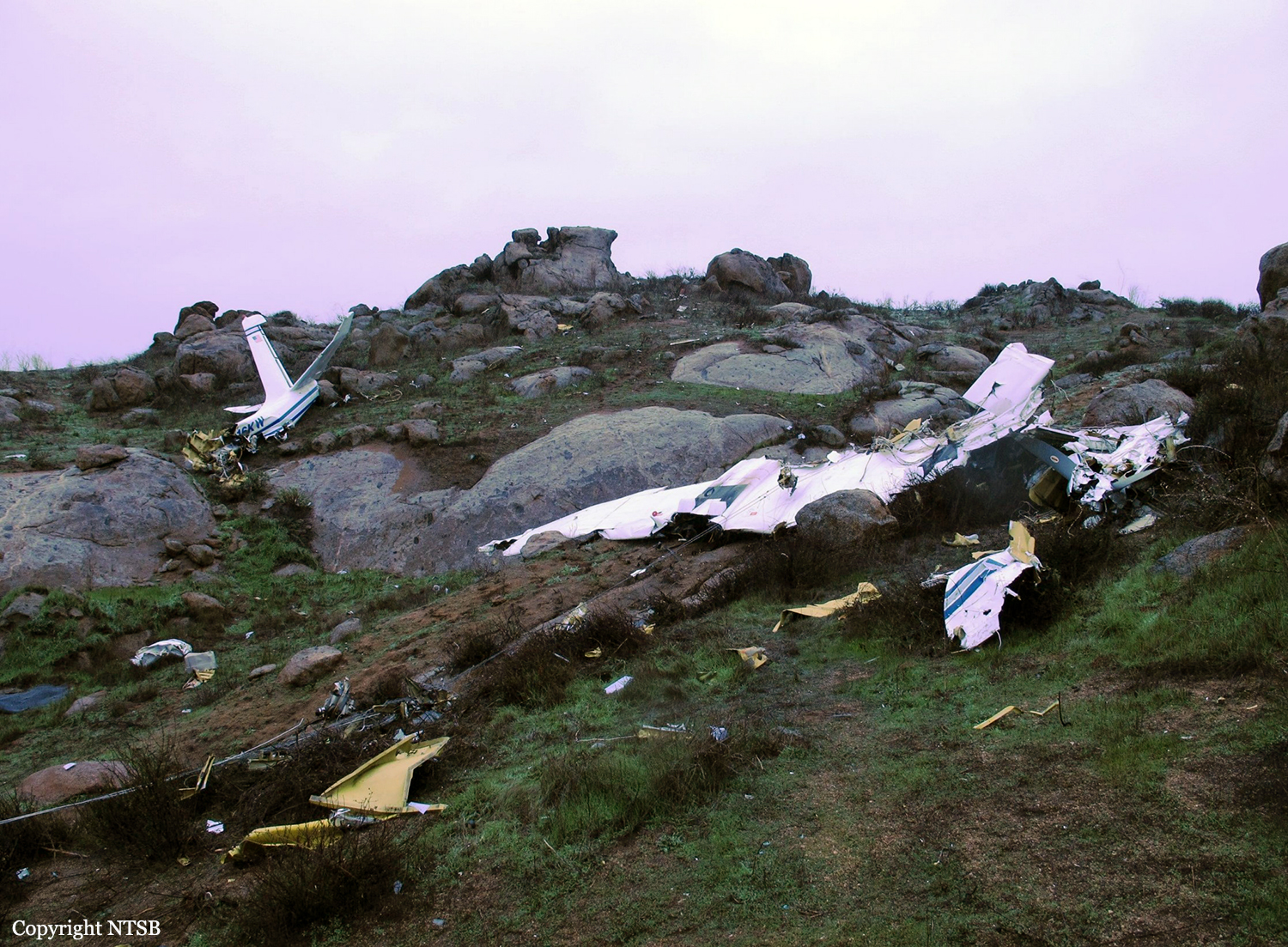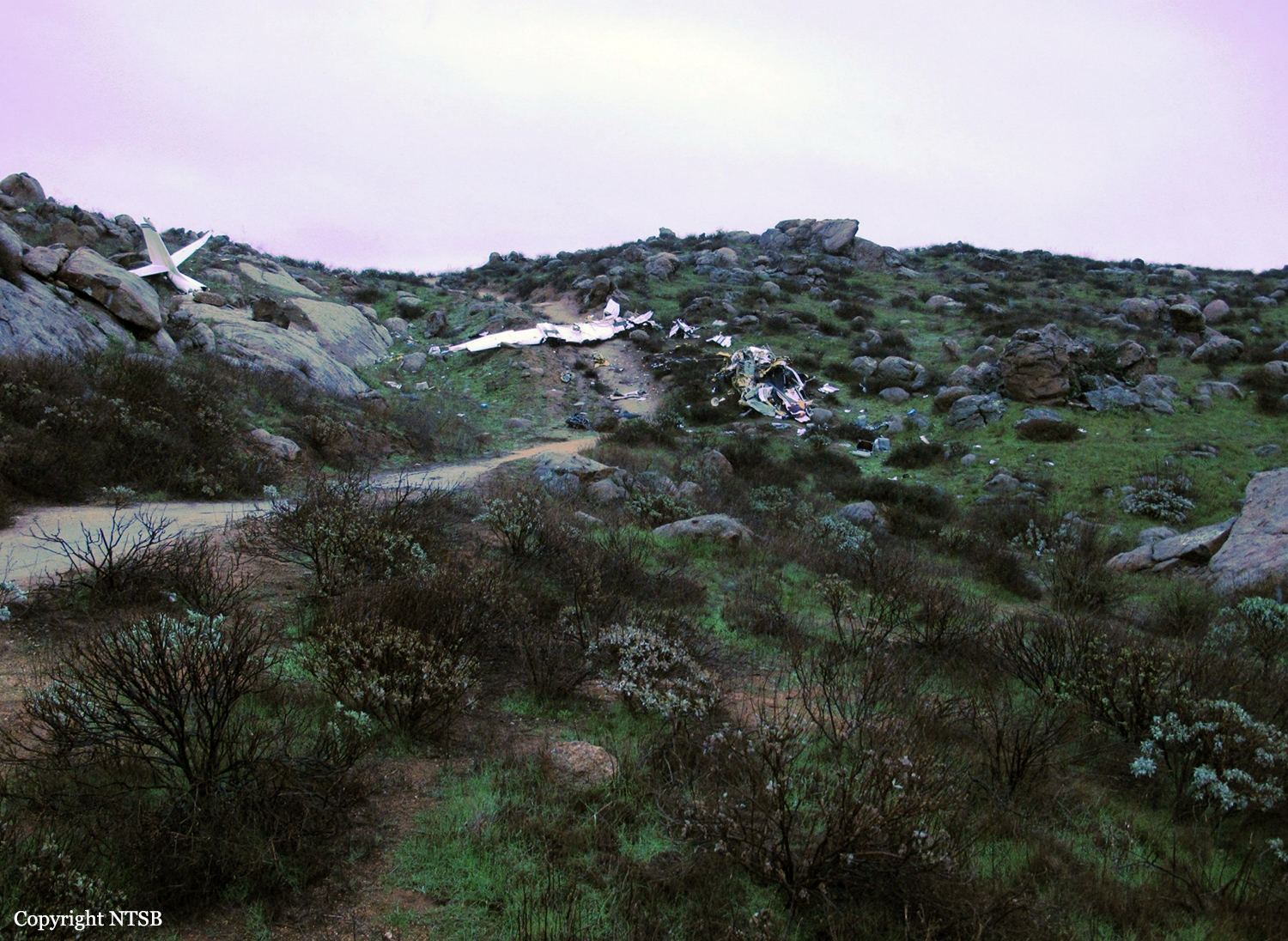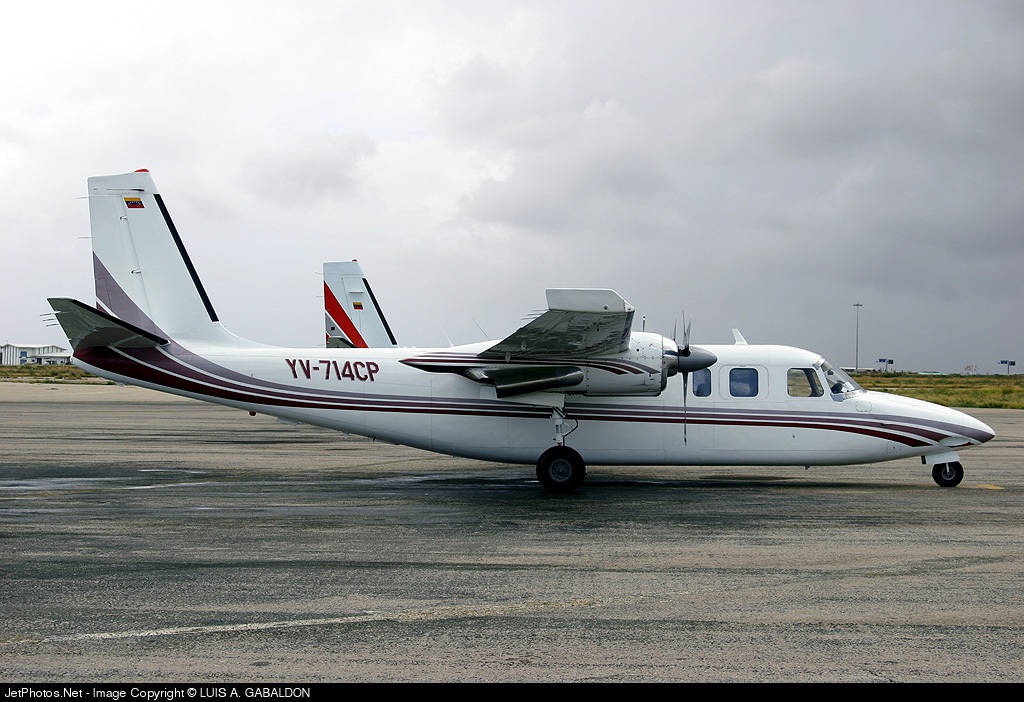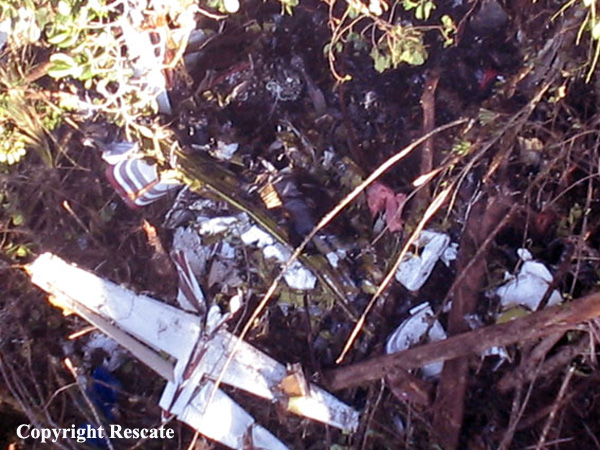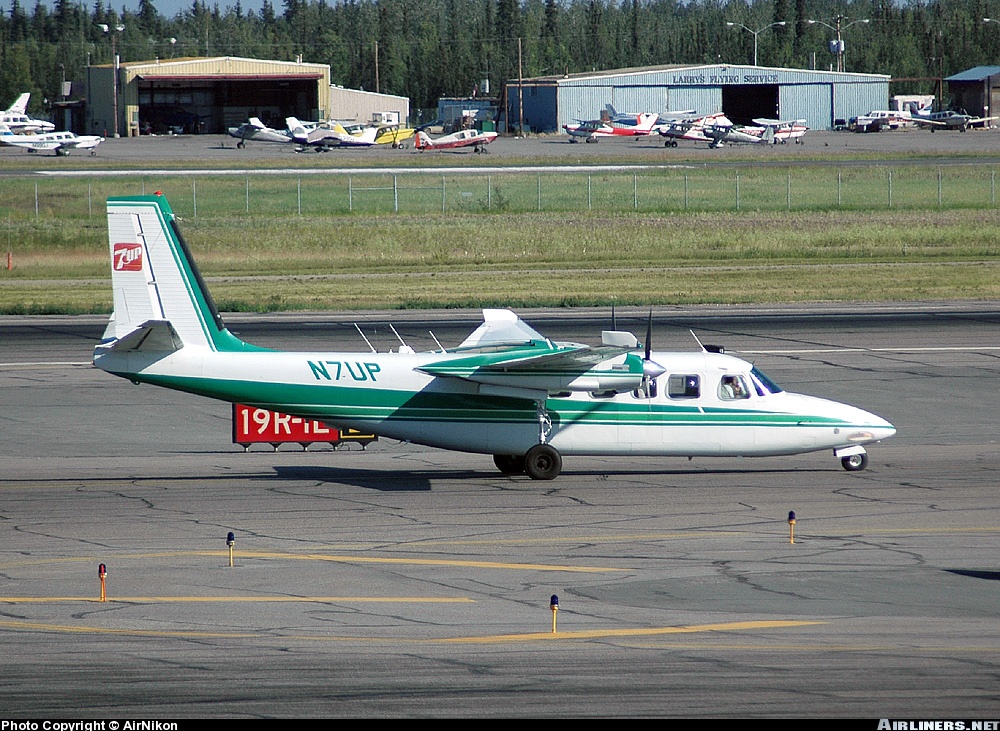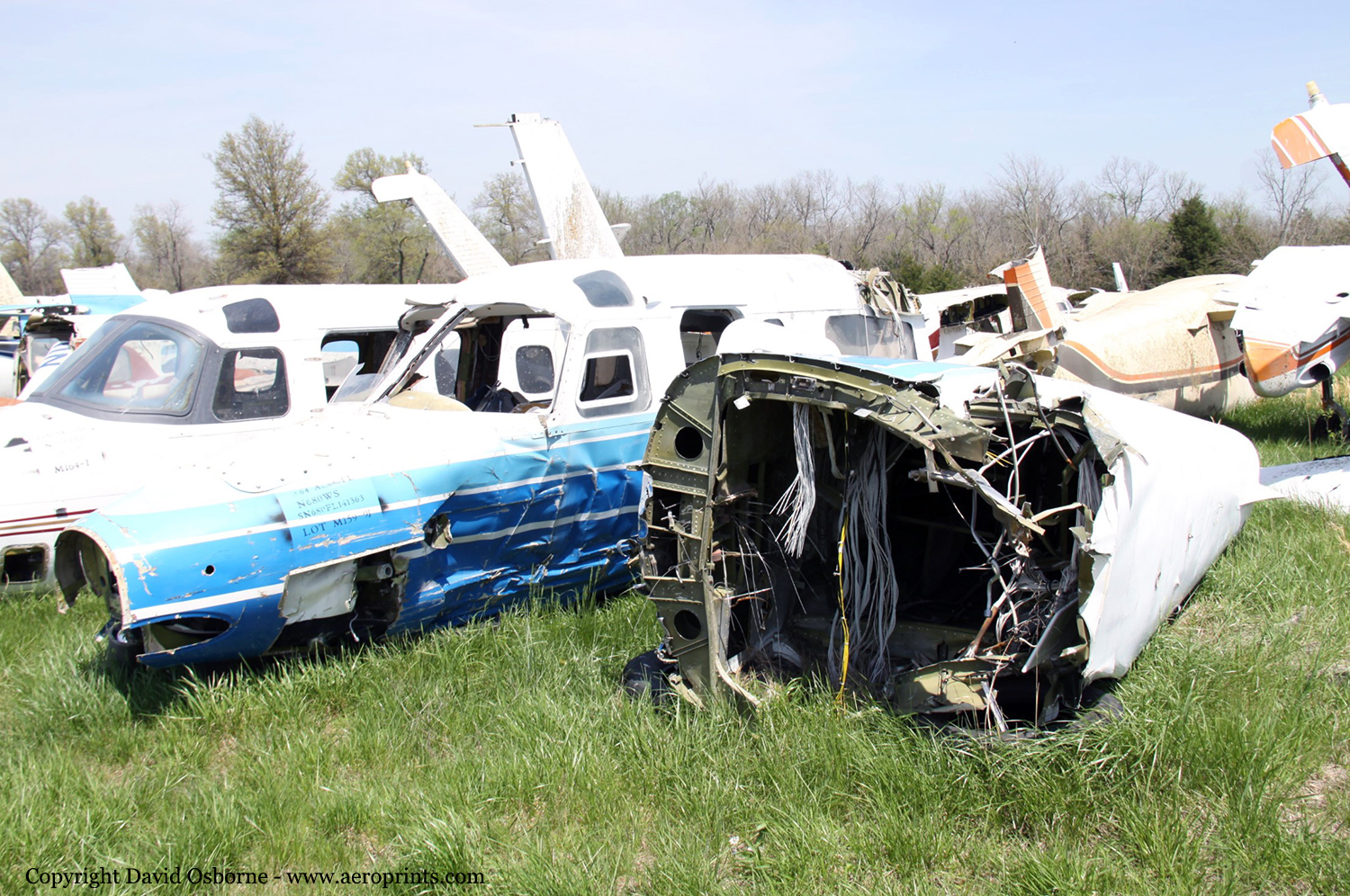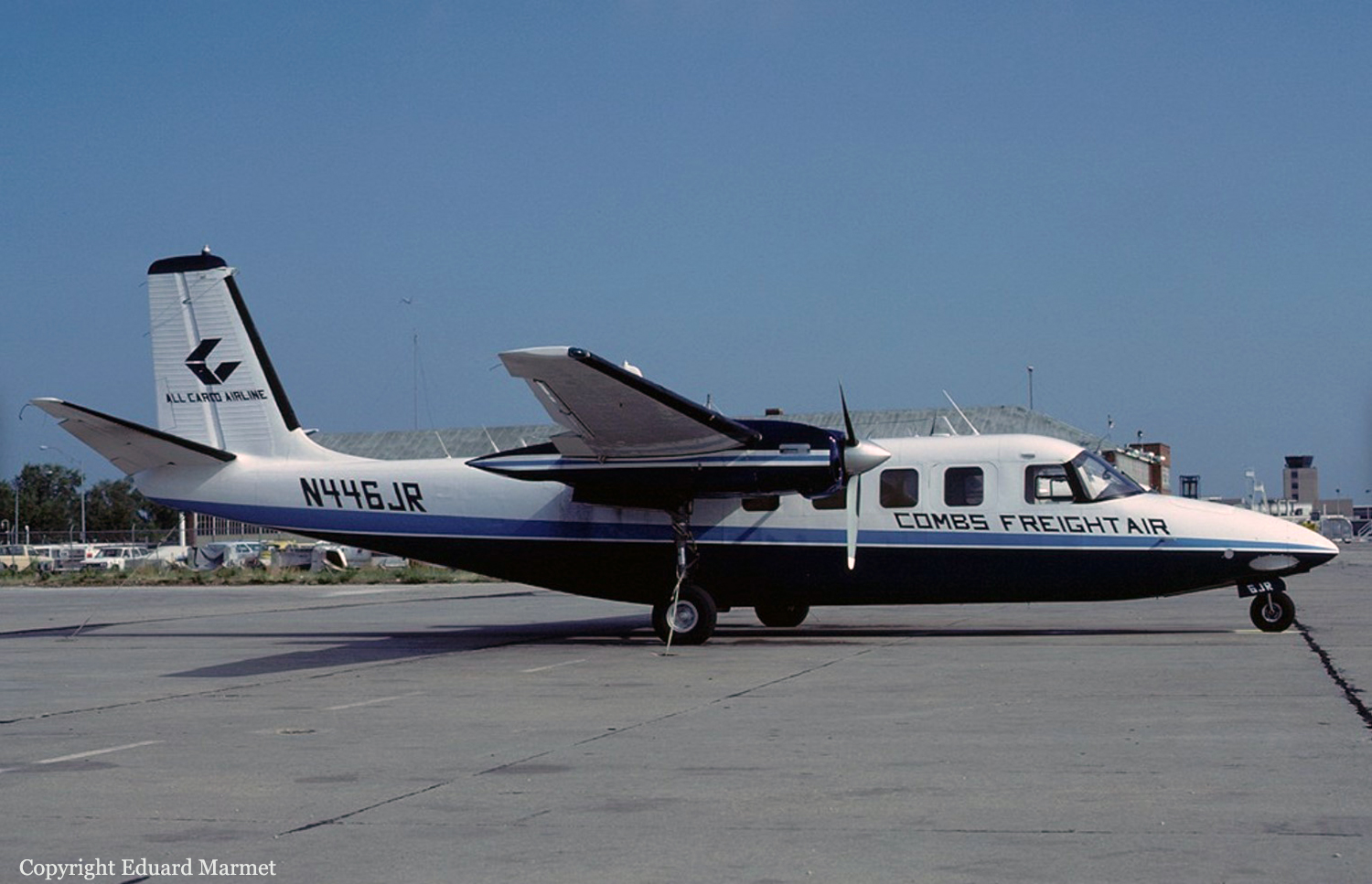Crash of a Rockwell Grand Commander 680E in Crescent City
Date & Time:
Dec 3, 2013 at 0937 LT
Registration:
N71DF
Survivors:
Yes
Schedule:
Crescent City - Palatka
MSN:
680E-672-12
YOM:
1958
Crew on board:
1
Crew fatalities:
Pax on board:
3
Pax fatalities:
Other fatalities:
Total fatalities:
0
Captain / Total hours on type:
100.00
Aircraft flight hours:
8400
Circumstances:
The pilot reported that the airplane "hesitated" during the takeoff roll due to the added weight of the passengers on board and the grass surface of the departure airstrip (Jim Finlay Farm Airstrip). He said he then added "extra" engine power at rotation, and that the left engine accelerated more quickly than the right, which resulted in an adverse yaw to the right and collision with trees along the right side of the runway. The subsequent collision with trees and terrain resulted in substantial damage to the airframe. According to the pilot, there were no mechanical deficiencies with the airplane that would have prevented normal operation.
Probable cause:
The pilot's failure to maintain directional control during takeoff.
Final Report:

